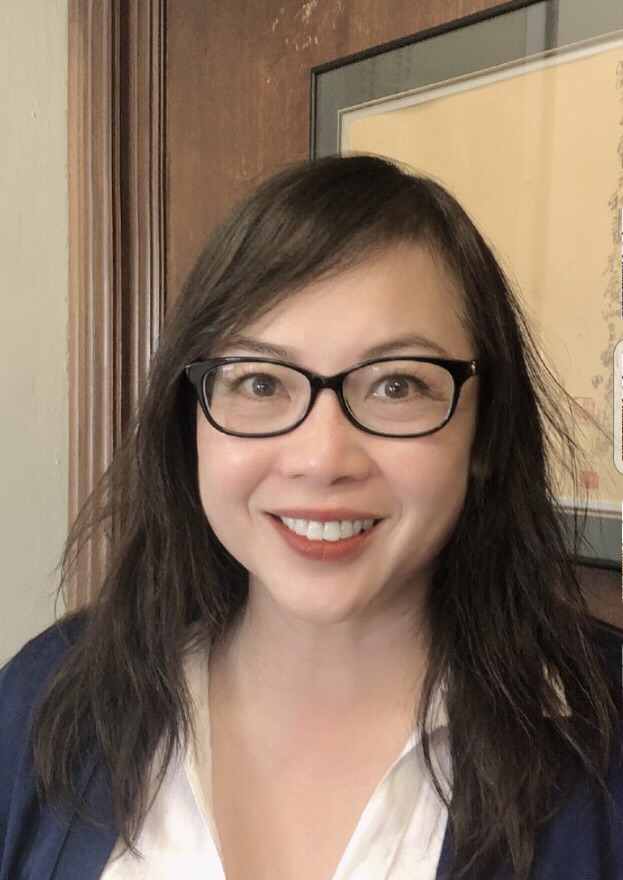"Four Substances Decoction" - Si Wu Tang

After enjoying Lisa See’s latest novel, Lady Tan’s Circle of Women, I found myself thinking about many things, including the Chinese herb formula that figures most prominently in her book—Si Wu Tang 四物湯 or “Four Substances Decoction”. It was one of the few, if not only, named formulas in the novel, and the novel’s heroine, Dr. Tan Yunxian, uses it successfully on at least 2 female patients.
The historical Tan Yunxian 談允賢 (1461-1556) was an extraordinary woman of her time, coming from an aristocratic family where she was classically educated, and proved herself to be intelligent and diligent enough to be allowed to study medicine with her paternal grandparents, especially her physician grandmother. Over her long lifetime, Dr. Tan treated thousands of women from every socioeconomic level, where her being female was, for once, an advantage. Unlike her male counterparts, Dr. Tan was able to directly see, speak with, and touch her female patients, obviously important in accurately diagnosing and treating. She wrote at least one set of treatment records we know of: Miscellaneous Records of a Female Doctor, which was later reprinted by her nephew and rediscovered and translated into English by Lorraine Wilcox and Yue Lu in 2015. Since Dr. Tan was female and she primarily, if not solely, treated female patients, Si Wu Tang and its modifications are featured in 11 of her 31 extant case studies. The fact that Si Wu Tang was first recorded over 600 years before Tan Yunxian was born, and is still widely used today, is a testament to the enduring correctness of TCM diagnostic principles and the therapeutic power of the medicine.
Si Wu Tang was first recorded in the Secret Methods for Treating Traumas and Fractures xiān shòu lǐ shāng xù duàn mìfāng 仙授理傷續斷秘方attributed to Taoist physician-monk Master Lin 蔺道人of the Tang Dynasty. The more widely used prescription is taken from the records of China’s first national pharmacopoeia, Beneficial Formulas from the Taiping Imperial Pharmacy tàipíng huì mín hé jì jú fāng太平惠民和劑局方during the Song Dynasty.
This four-herb formula is composed of Dang gui/Angelica sinensis, Chuan xiong/Ligusticum chuanxiong, Bai Shao/Paeonia lactiflora, and Shu di huang/Rehmannia glutinosa that work together to replenish and nourish blood. Interestingly, its first recorded use in Secret Methods for Treating Traumas and Fractures was for blood stasis and pain due to trauma. When it was included in Beneficial Formulas from the Taiping Imperial Pharmacy about 200 years later, it was first recorded as a formula for obstetric and gynecological diseases. Later, it reappeared with commentary in medical works such as Family Health Obstetrics Essentials-Postpartum Preparation wèishēng jiā bǎo chǎnkē bèi yào·chǎnhòu 衛生家寶產科備要·產後in the Song Dynasty, Test of Medical Prescriptions: Four Substances Decoction for Regulating Menstruation yī fāng kǎo tiáojīng yòng sì wù tāng 醫方考調經用四物湯 in the Ming Dynasty, and Outline of Aiding Yin: Adjusting Menstruation jì yīn gāngmù·tiáojīng mén 濟陰綱目·調經門 in the early Qing Dynasty, firmly cementing its use in gynecology.
Its change in common application from traumatological to primarily gynecological makes sense when considering the three common tendencies of female constitutions and their interrelationship--blood deficiency, blood stasis, and irregular menstruation. These three common etiologies of women’s adverse symptoms can often generate and reinforce each other. For example, Blood deficiency can cause Blood stasis and vice versa, which together or separately can lead to irregular menstruation, and irregular menstruation can also be a common cause of Blood deficiency and Blood stasis. Si Wu Tang treats the physiological characteristics of all three.
Si Wu Tang has been called "the first prescription for gynecology" and "the holy medicine for women" for its ability to tonify and regulate Blood. The combination of herbs works synergistically to treat disruption of both Chong and Ren 冲任 and Yingxue 营血, whereby Blood is deficient and stagnant. In Easy to Comprehend Finished Formulas chéng fāngbiàn dú 成方便讀 ,Qing Dynasty physician Zhang Bingcheng 張秉成 stated: “All methods for nourishing blood should be transformed from these four things.” Qing Dynasty scholar Wang Jinsan went on to comment in Selected Notes on Ancient Prescriptions gǔfāng xuǎn zhù 古方选注: "The four substances are similar to each other but have their own characteristics and each has its own merits. They go hand in hand. Chuan xiong and Dang gui enter the Shaoyang and mainly ascend, while Bai shao and Shu di huang enter Yin and mainly descends. Chuan xiong will raise up the weak and depressed; Dang Gui will tonify the deficient; Bai shao will purge the stagnant; Shu di huang will relieve the acute.”
Sweet and warm Dang gui nourishes Blood and Liver, harmonizes Blood and regulates menstruation; sweet and neutral Shu di huang nourishes Yin and Blood; sour and cold Bai shao nourishes and astringes Blood, and softens and nourishes the Liver; pungent and warm Chuan xiong activates and moves the Blood and Qi. Si Wu Tang thereby balances movement and stillness by nourishing Blood without creating stagnation and simultaneously activates Blood circulation. Being warm but not drying, nourishing but not greasy, it is very suitable for long-term use.
In Miscellaneous Records of a Female Doctor, Dr. Tan used Si Wu Tang and its modifications in a third of the cases presented as a primary or adjunct formula after treating the initial presentation, including cases of chronic vomiting of blood, acute and chronic rashes, postpartum weakness, and long-term insomnia, which shows how prevalent it was for women in the Song dynasty to experience Blood deficiency and stagnation. Dr. Tan sometimes combined formulas, such as Si Jun Zi Tang “Four Gentlemen” and Si Wu Tang, a formula commonly known today as “Ba Zhen Tang” or “Decoction of Eight Precious Ingredients”, but often she just wrote her own formulas. Her records, painstakingly translated and excellently annotated by Drs. Wilcox and Lu, show Tan’s adherence to classical diagnostic and treatment principles, and her primary reliance on herbal treatment. Dr. Tan’s intellect and skill are apparent in every case study, while context for just how extraordinary and inspiring she was can be found in Wilcox’s introduction and See’s fictional-but-based-on-fact novel. Both these works are great reads, immersing us in history while connecting us more deeply to our beloved medicine.
References
- Miscellaneous Records of a Female Doctor, Wilcox, Lorraine and Lu, Yue., The Chinese Medicine Database, 2015.
- Lady Tan’s Circle of Women, See, Lisa., Scribner, 2023.
- On the Standard Nomenclature of Traditional Chinese Medicine, Xie, Zhufan, Foreign Languages Press Bejing, 2003.
- “Tan Yunxian”, https://en.wikipedia.org/wiki/Tan_Yunxian
- “Si Wu Tang”, https://baike.baidu.com/item/%E5%9B%9B%E7%89%A9%E6%B1%A4/2133682
- “Lifting and lowering of Qi—the essence of traditional Chinese medicine treatment” https://baijiahao.baidu.com/s?id=1755048829242117016&wfr=spider&for=pc
- “Easy to Comprehend Finished Formulas” https://baike.baidu.com/item/%E6%88%90%E6%96%B9%E4%BE%BF%E8%AF%BB/417314?fromModule=lemma_inlink
- “Si Wu Tang” Fujian TCM University Affiliated People’s Hospital, https://www.srmyy.com/zykp/index.php?m=pharmacy&a=show&id=207


